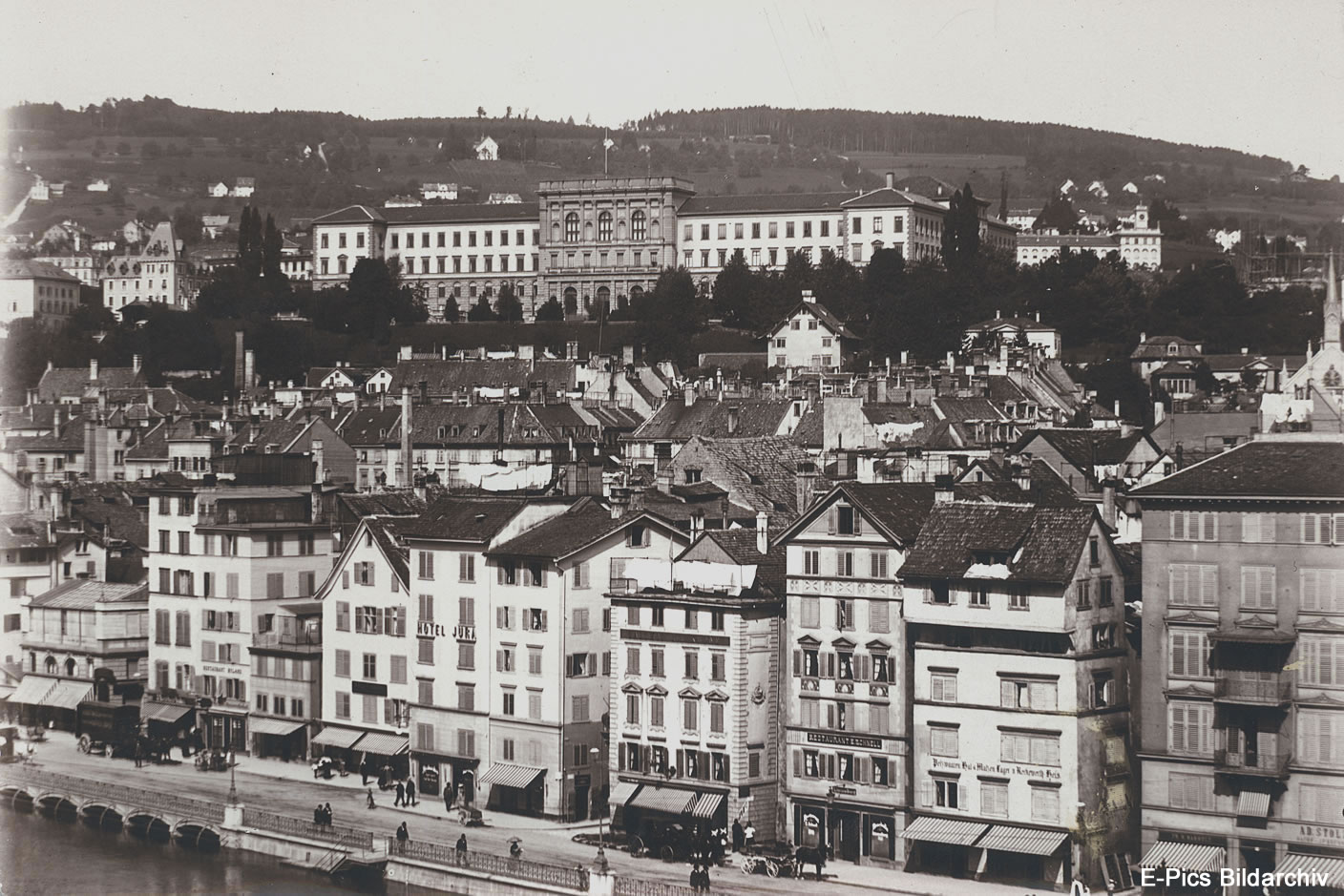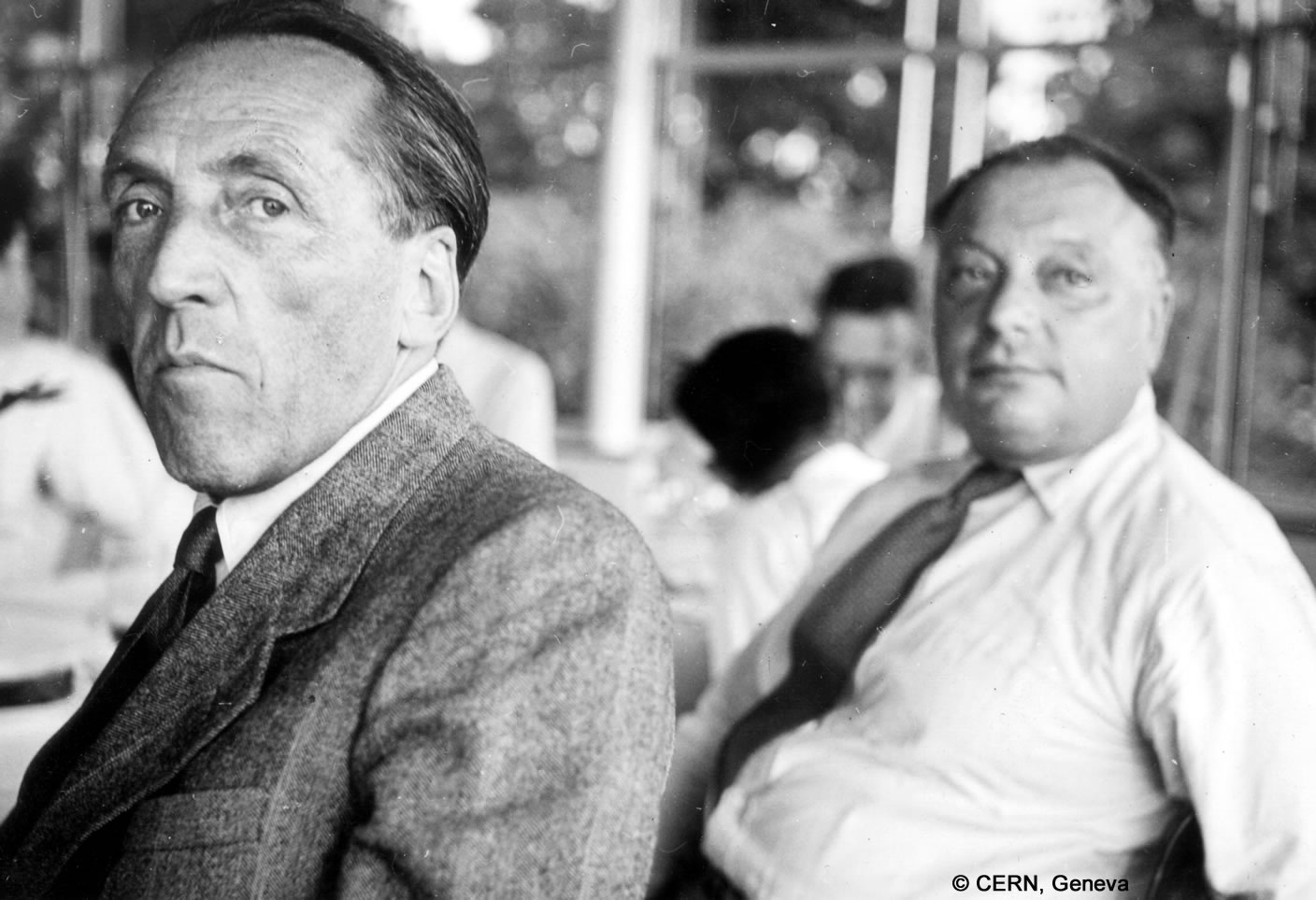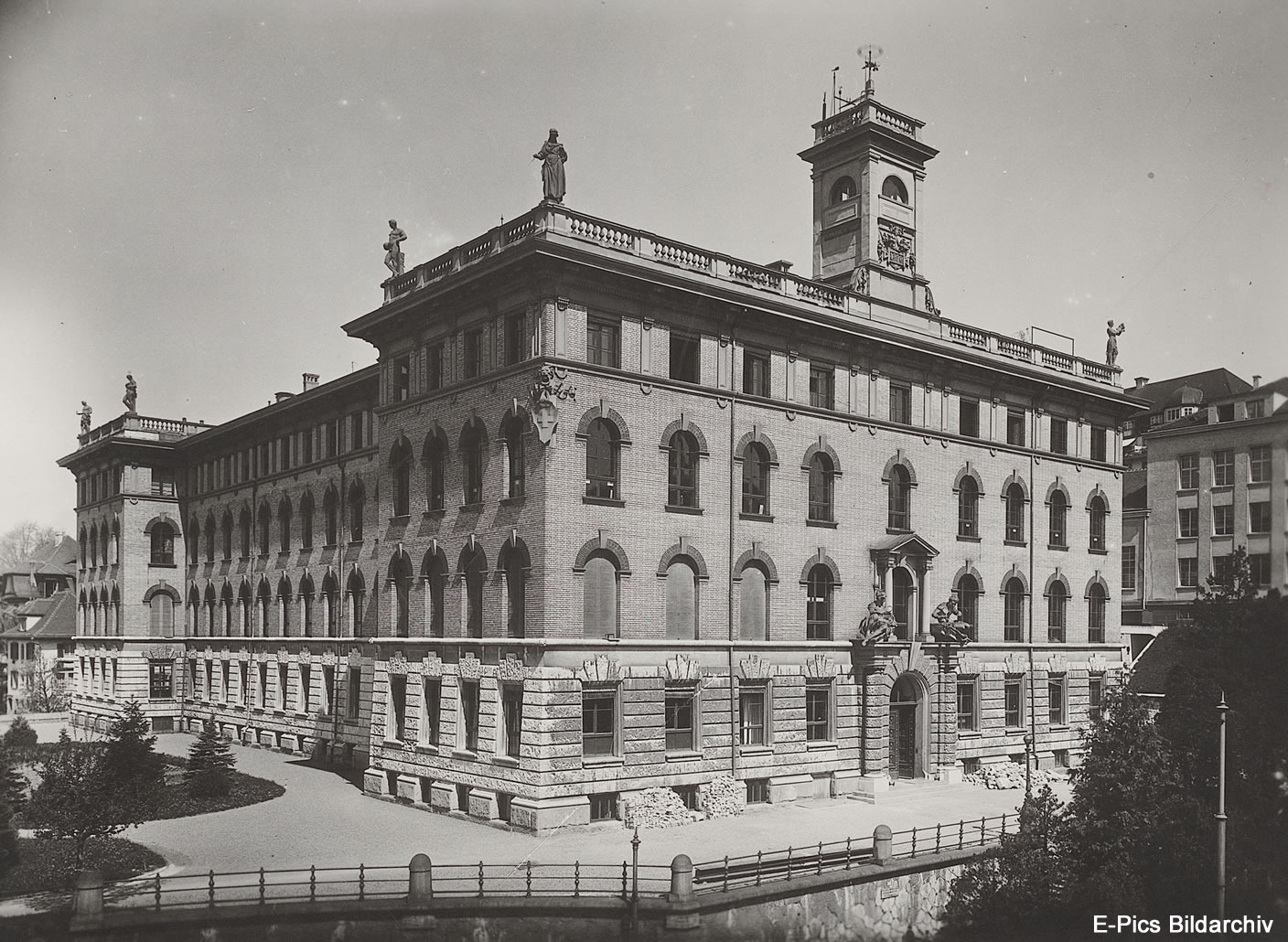Appointment at ETH Zurich

The chair of theoretical physics at ETH Zurich fell vacant in 1927 after Peter Debye had accepted a lucrative offer from Leipzig University. After Werner Heisenbergturned down the post, the Swiss School Council, ETH Zurich's governing body, contacted Wolfgang Pauli. Pauli enquired of his colleagues in Zurich, Richard Kuhn and Paul Scherrer about the conditions there before officially applying to succeed Debye. The School Council discussed the matter on 17 December 1927 and applied to the Swiss Federal Council for Pauli’s election, which was confirmed on 10 January 1928.

Fruitful environment in Zurich
Pauli's decision to come to ETH Zurich was to a large extent influenced by the fruitful environment that awaited him in Zurich. Together with the young experimental physicist Paul Scherrer, Hermann Weyl was also working at ETH Zurich. At the neighbouring university Gregor Wentzel – another of Sommerfeld's students and a representative of the emerging nuclear physics – took office as Erwin Schrödinger's successor at the same time as Pauli. Once a disagreement with School Council President Arthur Rohn about an assistant's salary had been settled, Pauli accepted his election on 2 February 1928.

Centre of modern physics
Thanks to fruitful collaboration between physicists at ETH and the university, in the 1920s Zurich gained a reputation as an important centre for modern physics. At ETH experimental physicist Paul Scherrer and theoretician Wolfgang Pauli complemented each other ideally. Pauli could for the most part work relieved of administrative duties by institute director Scherrer, for whom Pauli was all his life "his Pauli", the younger, more celebrated friend and colleague. While Pauli excelled first and foremost on an international stage, Scherrer shaped and promoted physics in Switzerland.

Physics Weeks
Together they organised a number of international congresses in Zurich, the Physics Weeks: the leading European and American physicists of their day met in 1929, 1931, 1933 and 1936 to discuss the physics of X-rays, nuclear physics and very low temperature physics.